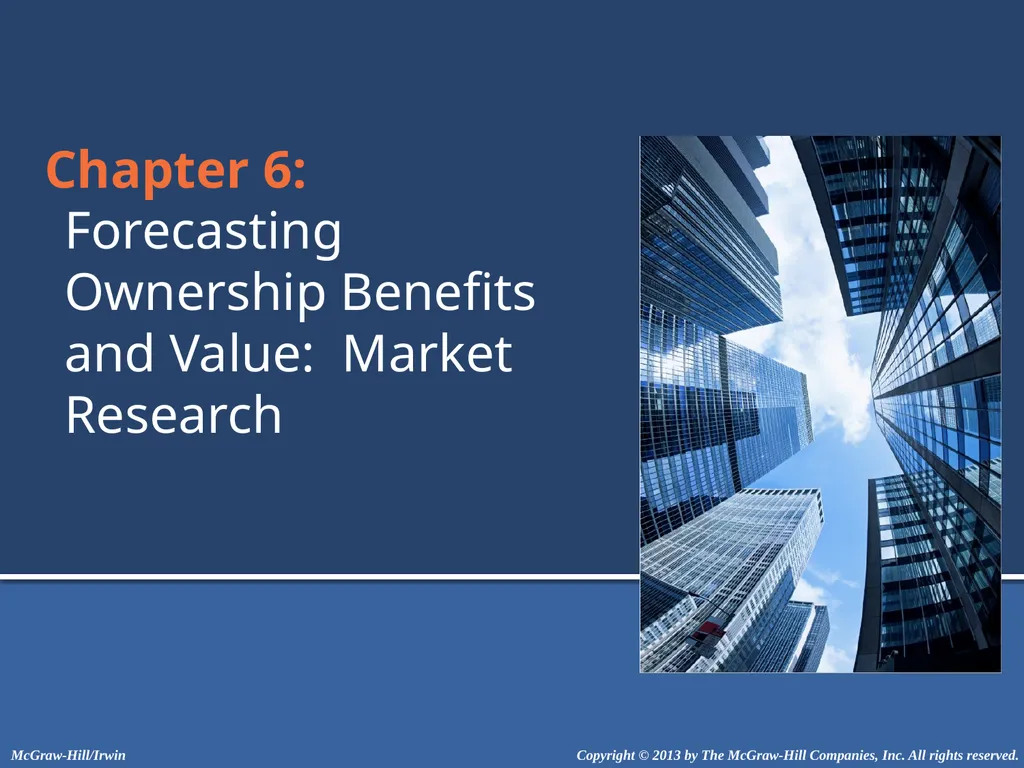
Chapter 6: Forecasting Ownership Benefits and
Author: cheryl-pisano | Published: 2025-06-23
Description: Chapter 6: Forecasting Ownership Benefits and Value: Market Research Copyright 2013 by The McGraw-Hill Companies, Inc. All rights reserved. McGraw-HillIrwin Multiple Factors Affect Real Estate Demand Needs for access (linkages)
Download Presentation
Download the PPT/PDF: Download
Transcript:
Loading transcript…